We often consider our houses to be secure, safe places. However, many everyday household items contain toxins that could seriously endanger our health. These substances, present in a wide range of goods, including cleaning supplies and personal hygiene items, may have long-term negative impacts on our health, frequently without our knowledge. Now, let’s explore 20 undiscovered health hazards associated with common household chemicals.
Respiratory Problems
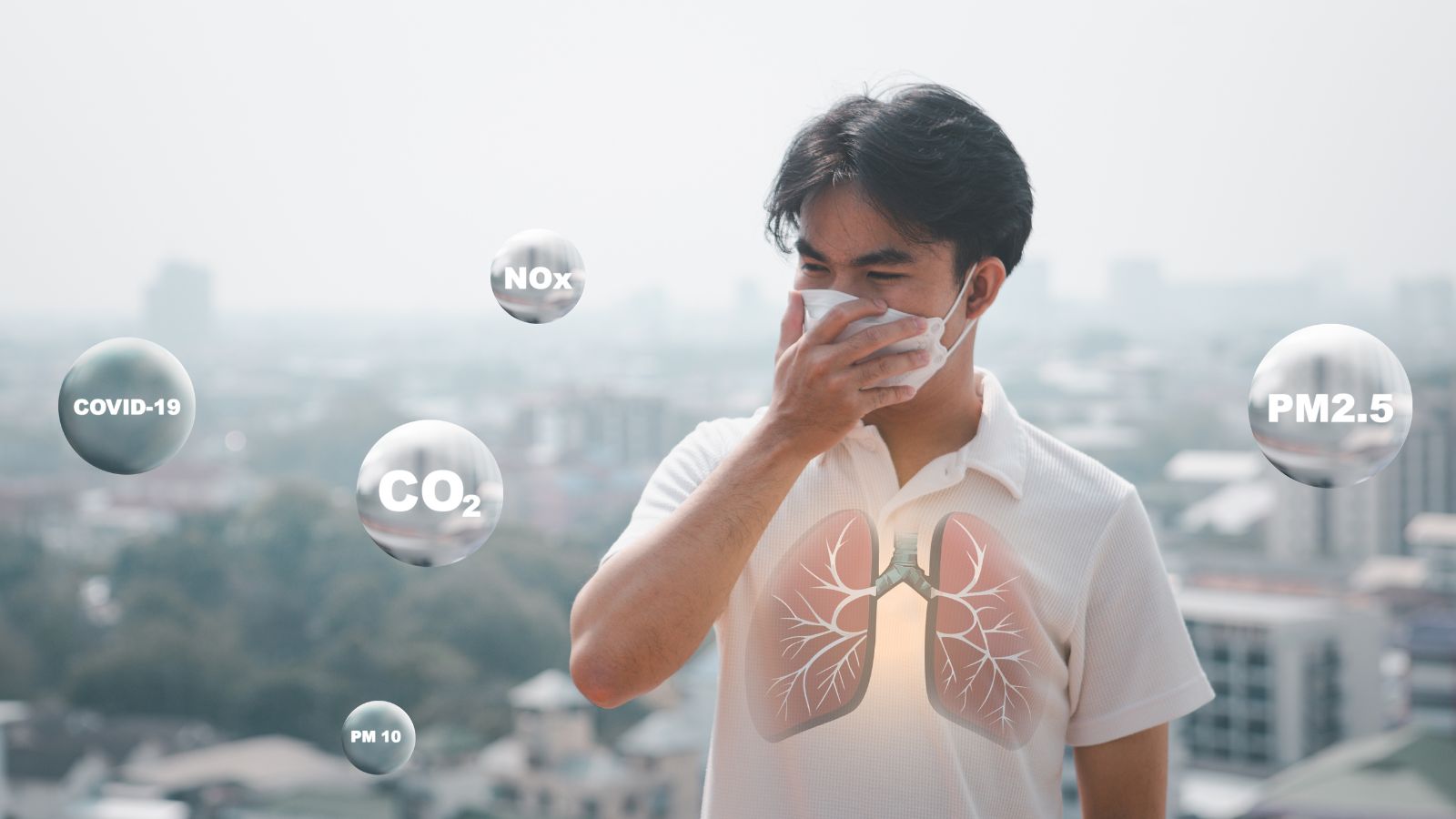
Ammonia, present in polishing solutions and window cleansers, can irritate the respiratory system. In poorly ventilated places, it can react with other common household chemicals to produce harmful fumes that exacerbate lung tissue damage. Long-term exposure, particularly in young children and the elderly, can worsen respiratory diseases such as asthma.
Skin Irritation
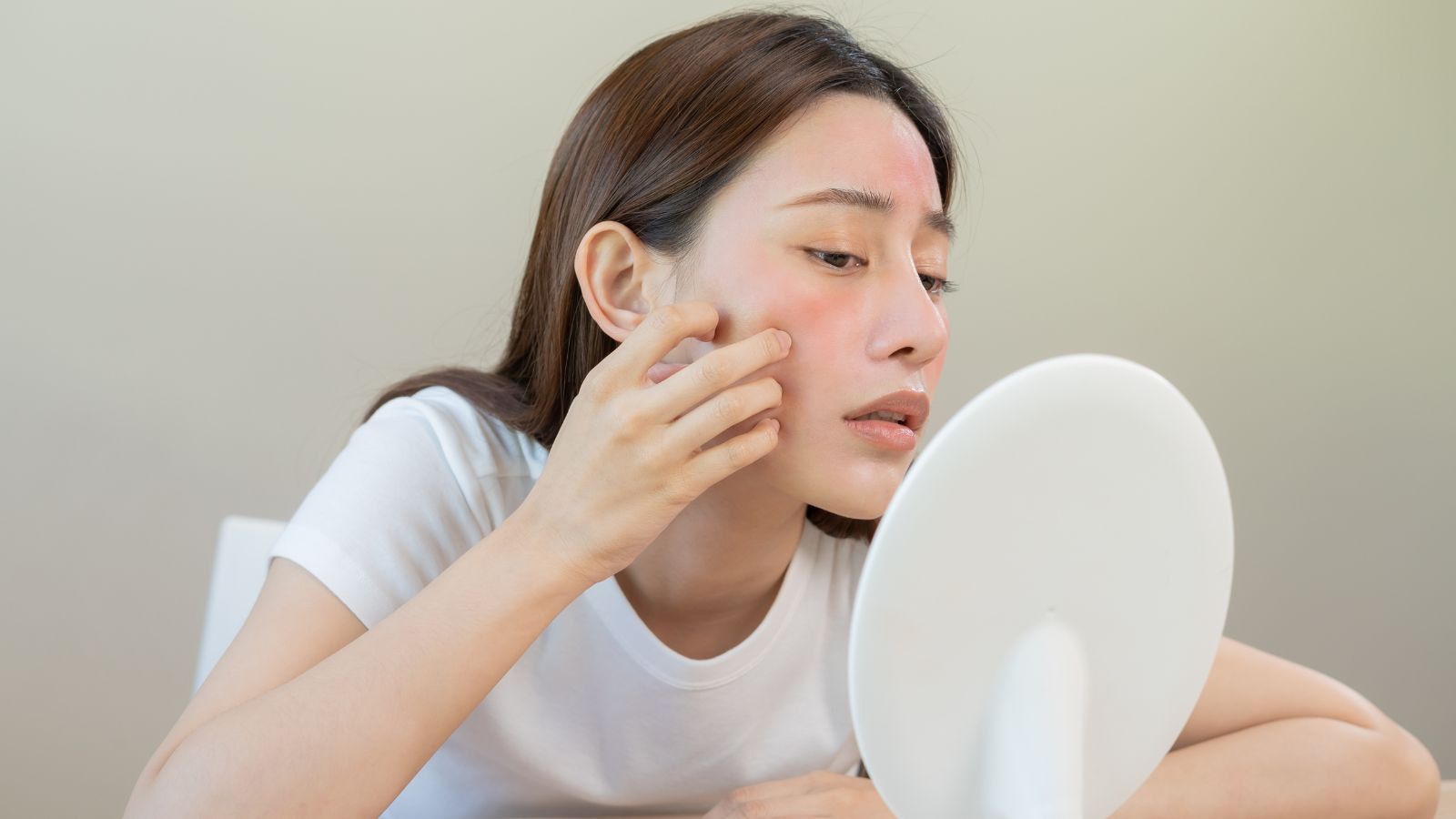
Toothpaste, soaps, and shampoos frequently include a substance known as Sodium Lauryl Sulfate. Although sodium lauryl sulfate (SLS) aids in product foaming, it can irritate sensitive skin, induce dryness, and even cause allergic reactions. If a person already has skin sensitivities, prolonged use can worsen their condition and result in dermatitis or eczema.
Pesticides’ Neurological Effects

Neurotoxic compounds in common household insecticides can damage the nervous system and brain. Prolonged exposure, particularly in young children, may result in developmental delays and cognitive problems.
Hormonal Disruption
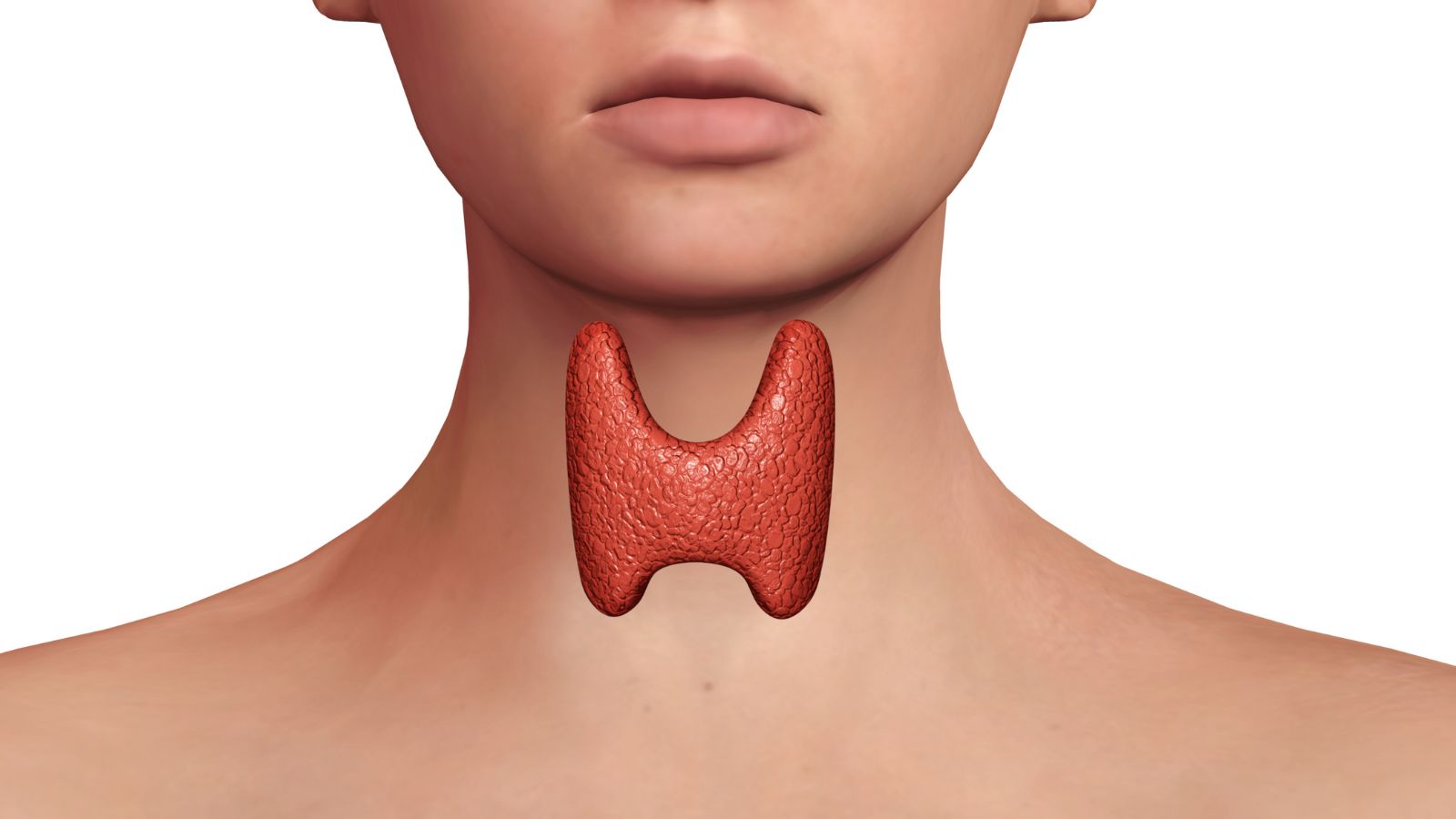
Phthalates are used in air fresheners, vinyl flooring, and some perfumes to increase the flexibility of plastics. These substances can disrupt the body’s endocrine system, which can cause problems with child development and reproduction. Continuous exposure in adults can lead to hormonal imbalances, impacting mood and energy levels.
Carcinogenic Effects
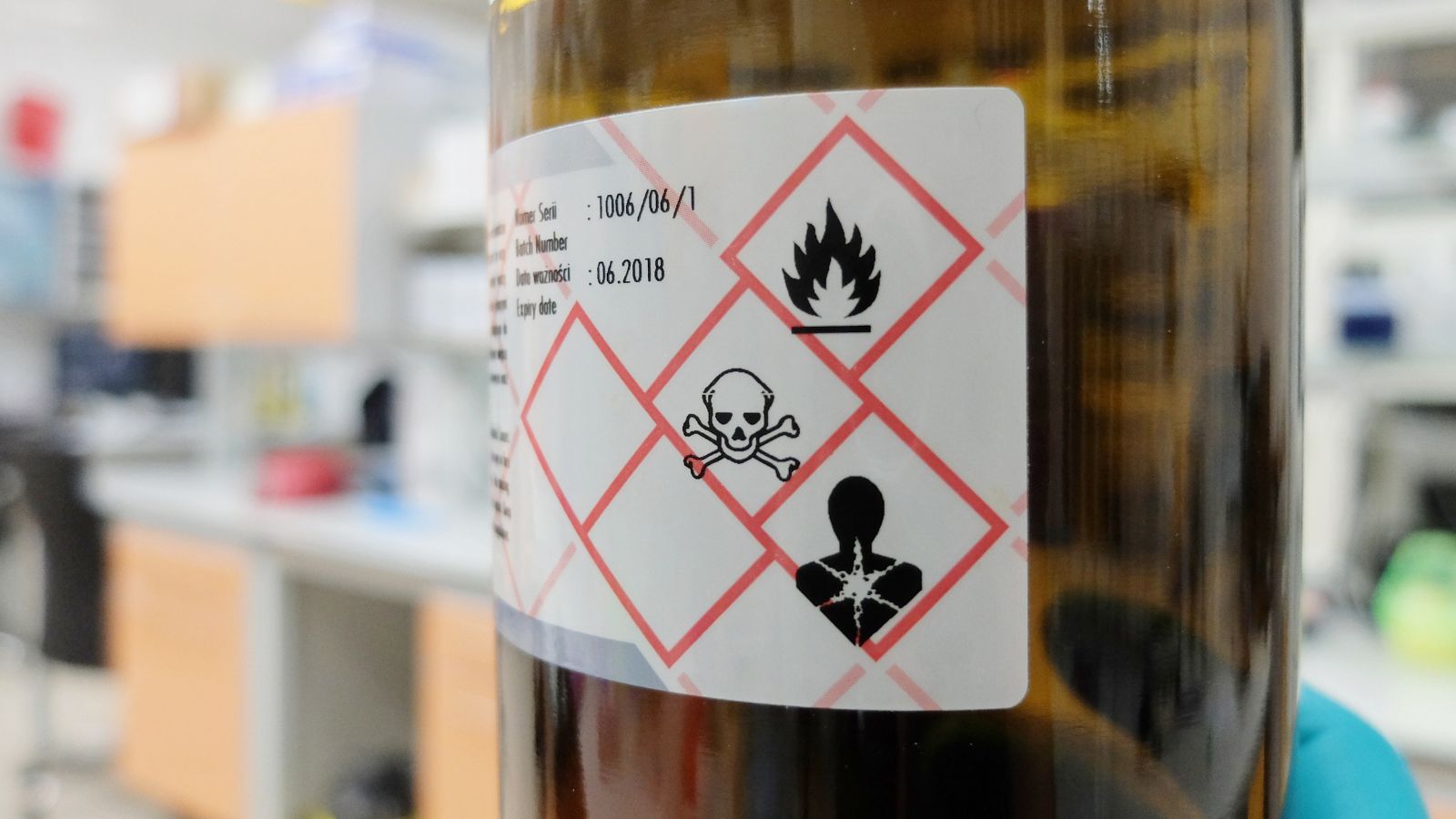
Certain furniture, household adhesives, and paints contain formaldehyde. Long-term exposure to it can raise the chance of getting cancer because it is a proven carcinogen, especially in areas with inadequate ventilation. The risk is higher, particularly in newer homes with formaldehyde-based building materials.
Asthma Triggers

Cleaners, aerosol sprays, and paints all contain volatile organic compounds (VOCs). They can aggravate asthma symptoms over time and cause inflammation of the throat, nose, and eye. Some volatile organic compounds (VOCs) take a while to disperse, so the threat may persist even after you’ve finished painting or cleaning.
Risk to Reproduction from BPA
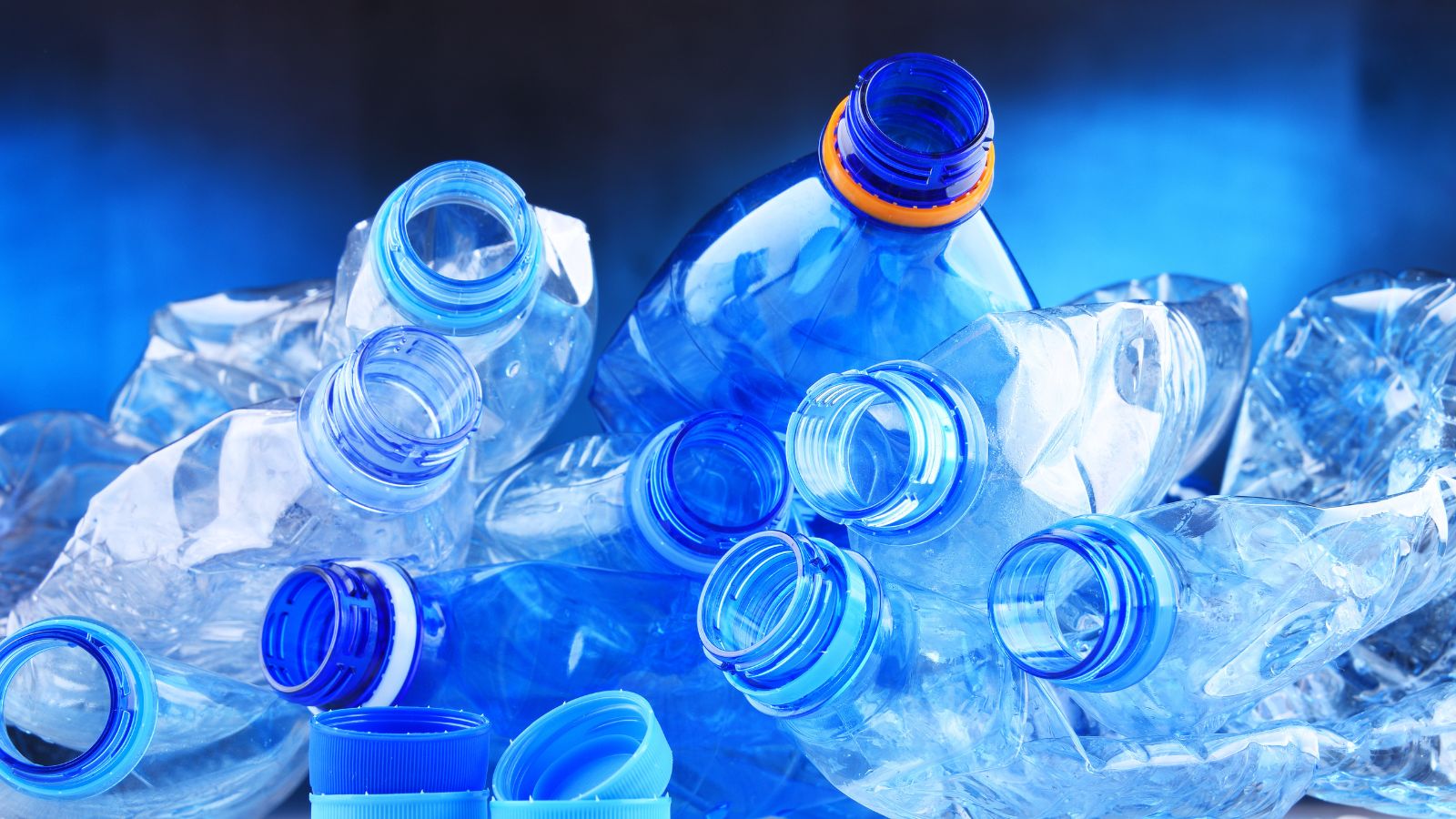
Food packaging and many plastic containers contain bisphenol A (BPA). BPA has been connected to problems with fetuses’ and newborns’ development, hormone imbalances, and fertility. BPA exposure is more damaging than previously believed because it may possibly be a factor in obesity and metabolic problems.
Triclosan Induced Liver Injury
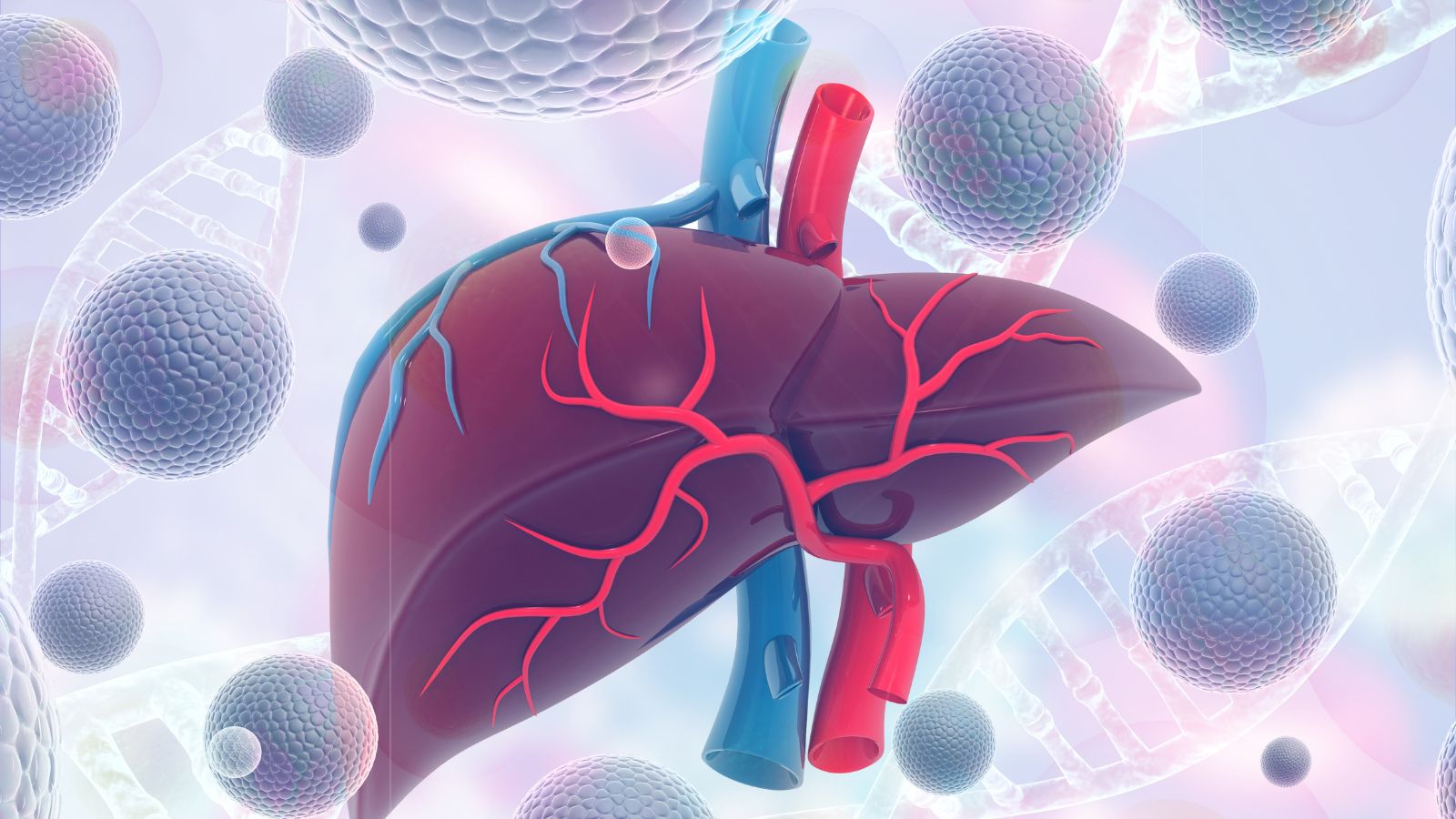
Triclosan, an antibacterial ingredient in toothpaste and soaps, has been found to affect liver function. It may raise the risk of liver damage and disturb hormone regulation over time. Moreover, it increases antibiotic resistance, which makes illnesses more difficult to treat.
Allergy Reactions with Chemicals in Fragrances
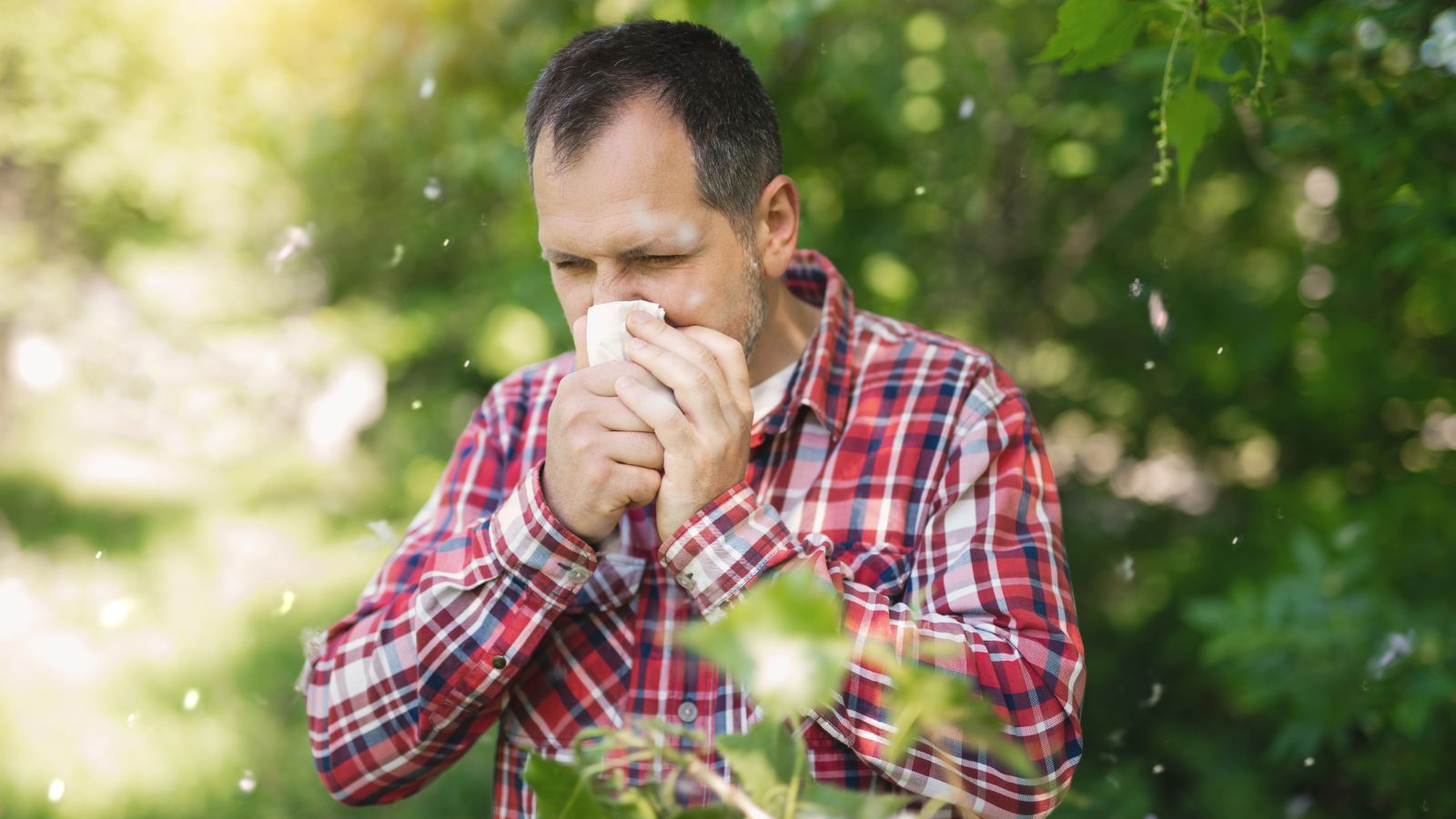
Many household goods, such as air fresheners and laundry detergents, have artificial smells. These may set off allergic responses that result in headaches, rashes on the skin, and trouble breathing. The effects on those who suffer from asthma or migraines may be considerably more severe.
Paraben’s Endocrine Disruption

Preservatives called parabens are found in makeup and personal hygiene products. These substances mimic the effects of estrogen on the body, upsetting the balance of hormones and perhaps raising the risk of breast cancer. High levels of parabens have been discovered in breast tissue, which raises questions about their extensive use.
Eye Damages

Even though bleach is an efficient disinfectant, it can be quite irritating to the eyes and respiratory system. Eye irritation can result from direct exposure, and more severe damage can develop from prolonged use without adequate ventilation. When bleach is used with other cleansers, particularly ammonia, harmful chlorine gas is created, which is extremely dangerous for respiratory and visual health.
The Hazard of Glycol Ethers on Kidneys

Solvents known as glycol ethers are present in certain paints, cleaning supplies, and brake fluids. Over time, exposure has been connected to issues with kidneys, reproduction, and even nerve damage. Children and pregnant women are particularly at risk because glycol ethers have been shown to impair embryonic development.
Lead-Related Developmental Delays

Older paints and plumbing systems still contain lead. Exposure can cause behavioral problems, learning challenges, and developmental delays, particularly in young children. Lead poisoning is a subtle but serious health risk in older homes since it can also result in anemia and other blood disorders.
Thyroid Issues

PFCs (Perfluorinated Chemicals), which are present in food packaging, stain-resistant textiles, and non-stick cookware, have been associated with thyroid problems. They have the potential to disrupt hormone balance and metabolism over time. According to recent research, PFC exposure is prevalent and may have a greater effect on thyroid function than previously believed.
Impaired Immune Response to Flame Retardants
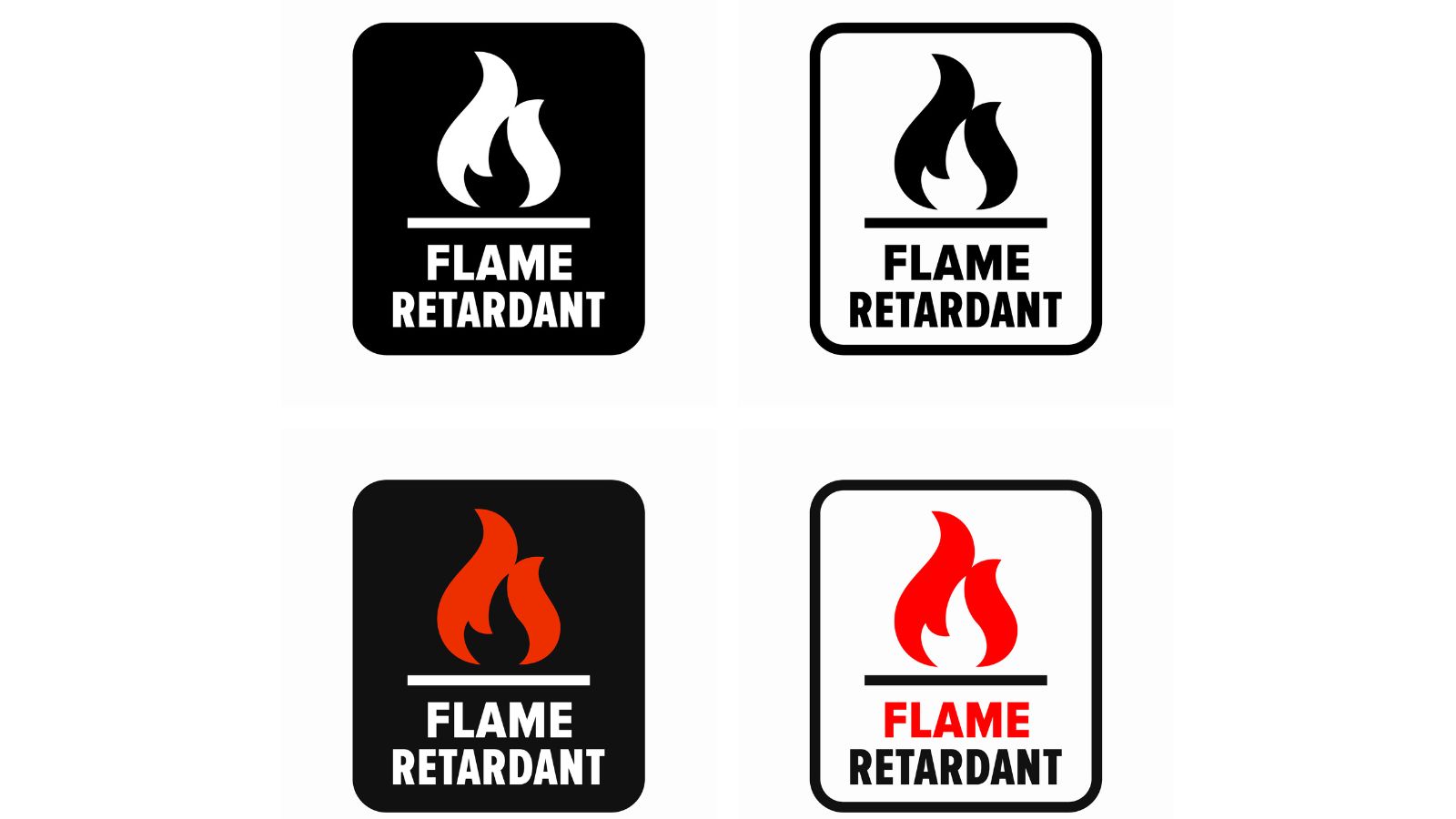
Flame retardants are added to textiles, electronics, and furniture to lower fire risk. These substances, however, have the potential to negatively impact immunity, leaving the body more vulnerable to illnesses and infections. Children are especially at risk because car seats and mattresses, among other things they frequently come into touch with, frequently contain flame retardants.
Polychlorinated Biphenyls’ Effects on Fertility
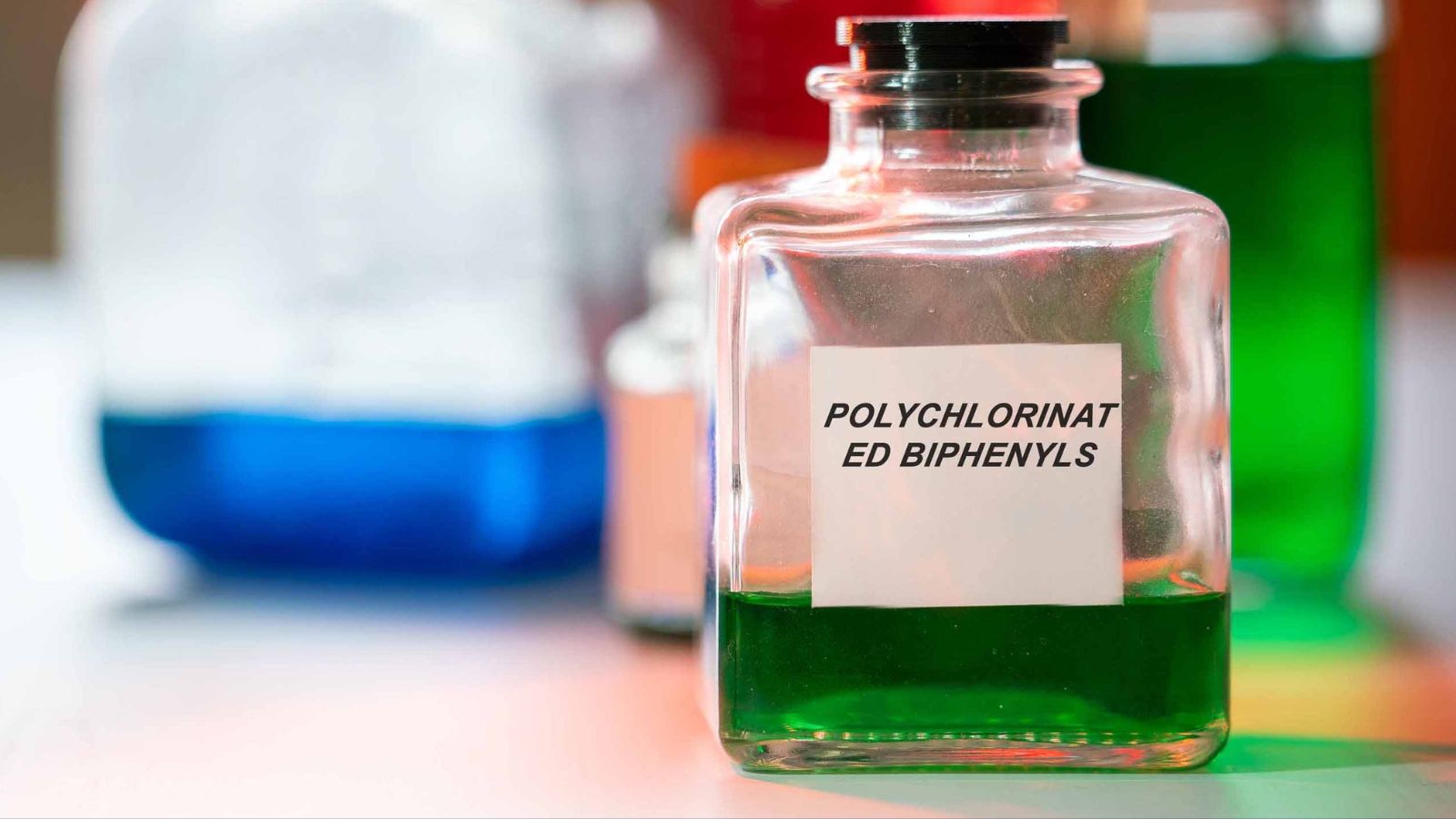
PCBs are still present in older electrical equipment and building materials, even though they are prohibited in many countries. They have been linked to immunological problems, decreased fertility, and a higher chance of developing several cancers.
Nerve Damages
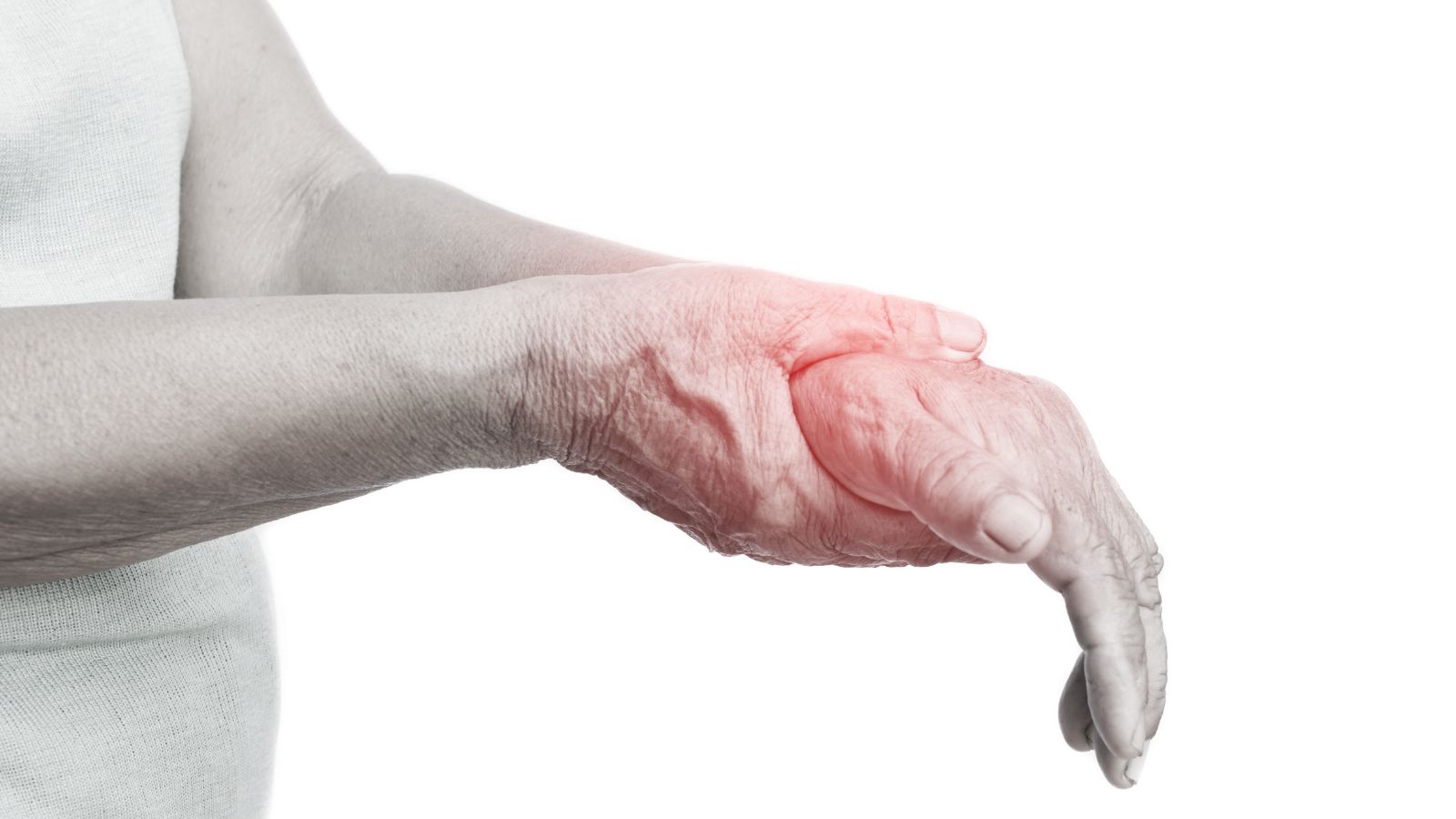
Aerosol products and paint strippers both include methylene chloride. Extended exposure can harm the central nervous system, resulting in symptoms such as headaches, dizziness, and memory loss. Prolonged exposure may result in irreversible nerve damage and a higher chance of stroke.
Lung Damages
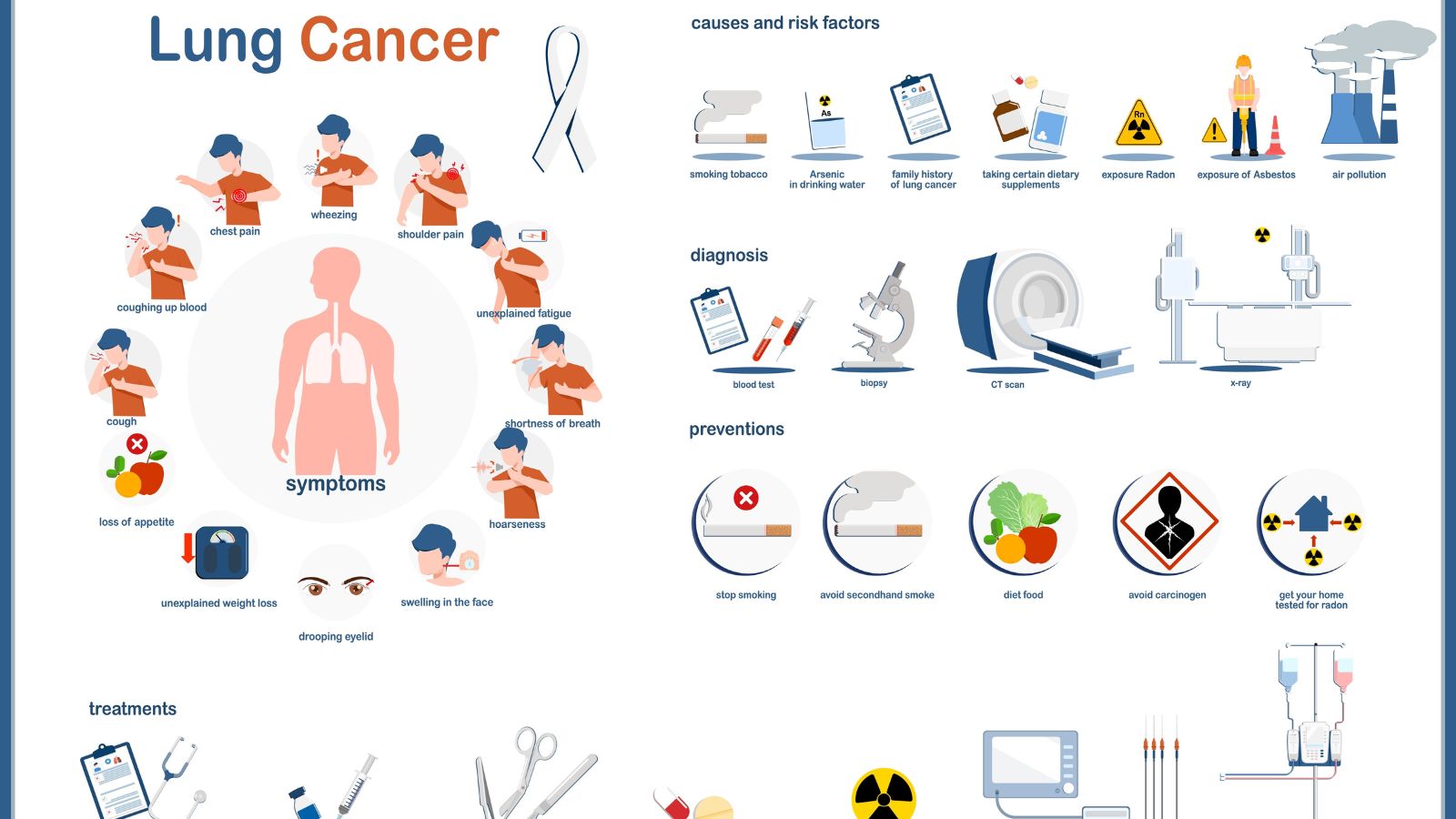
Lye and other abrasive compounds are frequently included in oven cleaners. If inhaled, these can irritate the lungs severely, which, over time, might result in persistent respiratory issues. Breathing difficulties, coughing fits, and long-term lung sensitivity can all arise from even a little exposure.
Blood Problems

Certain household paints, glues, and detergents contain benzene. Prolonged exposure can result in anemia and other blood diseases, and leukemia risk can rise. Because benzene has cumulative effects, long-term, low-level exposure can nevertheless have a major negative impact on one’s health.
Gaining Weight

Certain plastics, insecticides, and personal hygiene items contain chemicals known as “obesogens.” These chemicals may contribute to weight gain and obesity by interfering with the body’s ability to regulate metabolism and store fat.
Conclusion

We unintentionally expose ourselves to dangerous substances in household items on a daily basis. By making educated decisions and switching to safer options, we can lessen this exposure and save our health. A healthy, toxin-free home can be achieved with a few simple adjustments.
18 Reasons Why People Are Leaving Florida in Masses

Exploring factors that impact the desirability of living in Florida, this list delves into various challenges shaping residents’ experiences. From environmental concerns like rising sea levels to economic factors such as fluctuating job markets, these issues collectively contribute to a nuanced understanding of the state’s appeal.
18 Reasons Why People Are Leaving Florida in Masses
